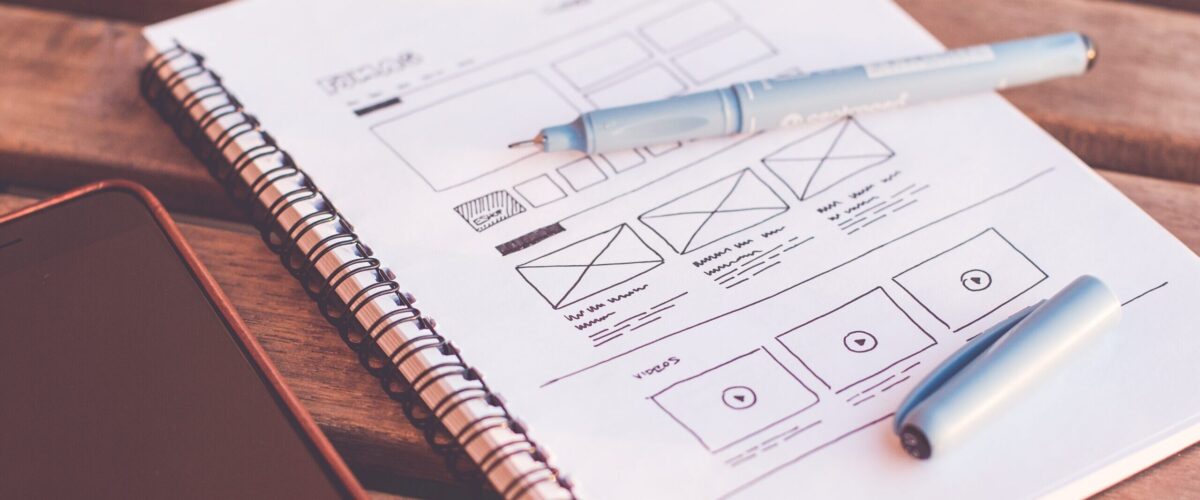
Stages of the process Mobile application development.
Technology has experienced accelerated growth in the last 10 years, and with it the need for mobility emerges more and more, that is, that we can make use of the technology we require, without having to be fixed centered in front of a computer. This is demonstrated by studies where the importance of mobile technology has recently been highlighted; being the smartphone the favorite device of the users to pass the time.
As a result of the trend of users for mobile technology, there is a high level of competitiveness and complexity in the applications that are "top" in the market, for this, development technologies have been improved and together with agile methodologies, The development processes have been clearly stipulated, according to the methodology to be implemented.
Summarizing the cycles or iterations that the different agile methodologies have, it can be determined that, in order to achieve an application that can compete in a highly demanded market, it is necessary to give the user intuitive, innovative, detailed software, but with very good usability.
To achieve the aforementioned, it is necessary to comply with stages that facilitate the understanding of the process, and thus, the development. In my opinion, these are the essential stages:
1.-Definition and analysis of requirements.
Before starting to develop anything, it is necessary to have a clear idea of what is required or sought to be achieved, from there, the requirements are established, which is the textual description of the characteristics that the application should have.
2.-Planning
During this stage, workflows are defined with their time estimates, content and application interactions, resulting in wireframes, mockups and prototypes.
3.-Graphic design
At this stage the wireframes, or the result of the previous stage and changes are established if necessary, achieving the expected design of the application.
4.-Development
During this phase, the developer receives the determined style guide. Generally, to optimize times, and therefore costs, the previous phase and this one begin almost at the same time, while certain screens are being designed, the developer can build the application flow and create elements that have already been established.
5.- Testing
Once the application has been developed, a series of functional tests are carried out to review and guarantee the correct operation of the application and detect possible errors that will be corrected before moving on to the next phase.
6.-Publication and maintenance of the application.
When you have the software product, with the quality you are looking for, the applications are signed to later be analyzed by the store to which it will be distributed (Playstore in the case of Android, and AppleStore for IOS), since they must comply with their respective policies. And after this it is to have the feedback of the users on possible errors not seen previously, or to make improvements to update the application. Once the application is launched, in the testing phase, it is as if the whole process began again, but starting with phase 3, in which case they are visual improvements, or new elements, and phase 4 , if it's just bug fixes.
Following these stages, or others dictated by a development methodology, we can determine that the probability of success of the application made increases considerably, facilitating the development process of mobile applications.













